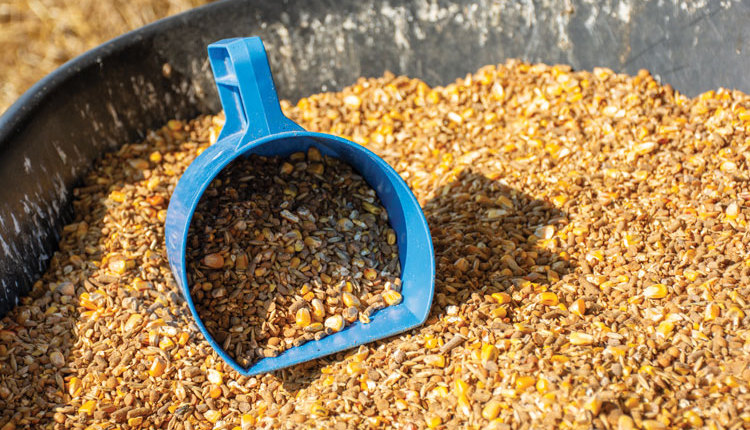
At the 2006 American Dairy Science Association (ADSA) conference in Minneapolis, a speaker presented some unique findings from their human milk studies. Using analytical equipment that could detect a wide range of components, they were both surprised and confused to find very minute quantities of complex carbohydrates called oligosaccharides. These carbohydrates are not digestible by human infants, puzzling the researchers as to why these carbohydrates were in human milk.
Later, they figured it out.
These carbohydrates were not for infants but rather for the microbes that became resident in the infant’s gut. In return, these microbes help minimize gut disturbances and infections, too — and not just in the gut.
Beyond colostrum
Later studies at several universities estimated that there may be 10,000 microbial species on and in the human body, which could weigh 2 to 3 pounds total. Other studies found that humans have different populations of microbes in their gut, and that the number and species may be unique to each individual. Studies further found that these microbial populations may impact metabolism such that they even could affect weight gain or loss while people were on similar diets.
Fast-forward a few years, and scientists at the Universities of Alberta and Guelph have been doing similar studies over the last five years. Colostrum and transition milk (from the first three days after calving) have an amazing array of components besides protein, fat, lactose, and minerals. (To learn more, read “Answering questions about colostrum” in the September 25, 2019, issue on page 559.) Many of the hormones and metabolites are anabolic — they foster growth and protein deposition. Lactoferrin is also antibacterial.

More recent studies at Michigan State University have shown beneficial effects on growth from feeding transition milk. At one time, it was recommended and standard practice to feed transition milk, too, after first feeding colostrum.
The graph shows how major components in colostrum change, especially over the first 24 hours postcalving. The graph does not show how the many other factors, such as what has been found in human milk, likely also diminish. But the Michigan State studies showed that there also must be enough of those factors in transition milk to have beneficial effects. This indicates it is time for dairy producers to consider reinstituting feeding calves transition milk in addition to colostrum.
Feeding the gut
At the 2017 ADSA annual program, findings suggested that feeding dairy calves colostrum immediately after birth can elevate the passive transfer of immunoglobulins (IgG) and the colonization of beneficial bacteria in the colon, both of which are hypothesized to assist in protecting the calf from enteric infections during the preweaning period. Findings from another study indicated that the colonizing microbiome is an essential factor regulating the rapid development of the mucosal immune system during the first week of life.
At the 2022 ADSA program, a symposium presentation by a University of Alberta scientist indicated the critical roles of gut microbiome in influencing performance and health of preweaned calves. Microbes colonize the calf gut soon after birth and establish a stable and balanced gut microbiota during early life, which can have a lifelong impact on their performance.
The scientist further stated that the establishment of the calf gut microbiome is a complex process that can be influenced by both host and microbes, together with environmental factors . . . diet, management, farm, and so on. The microbiota can have direct and indirect impact on the gut function, including development and metabolism, nutrition absorption, barrier and immune function, endocrine, and neuron transmitter secretions.
She commented further that, especially in preweaned calves, this knowledge is still in its infancy, but more and more evidence has revealed that gut microbiota in preweaned calves can be affected by early life nutrition, rearing environment, and their health status and the treatments. Finally, she stated that the metabolic functions of this gut microbiome and how it influences the energy metabolism, growth and development, as well as metabolic and physiologic changes of calves are in its infancy.
Moving forward
So, what does all this mean?
Feeding up to 4 quarts of high-quality uncontaminated colostrum within four hours of birth is the minimum first step for newborn calves. We need to now figure out how to best feed the first three days of cow transition milk to calves, too. Together, these two nutrition sources have multiple components, which foster the calf’s gut development, establishment of the best gut microbial populations, and provide the calf with the best and most efficient growth and subsequent lactation performance.











